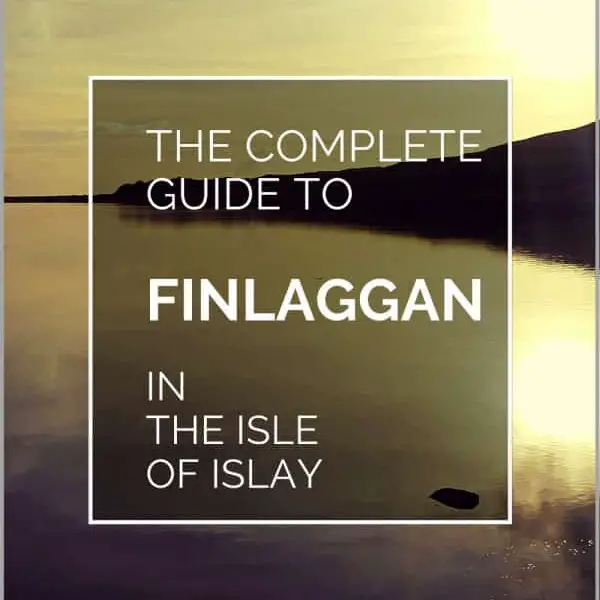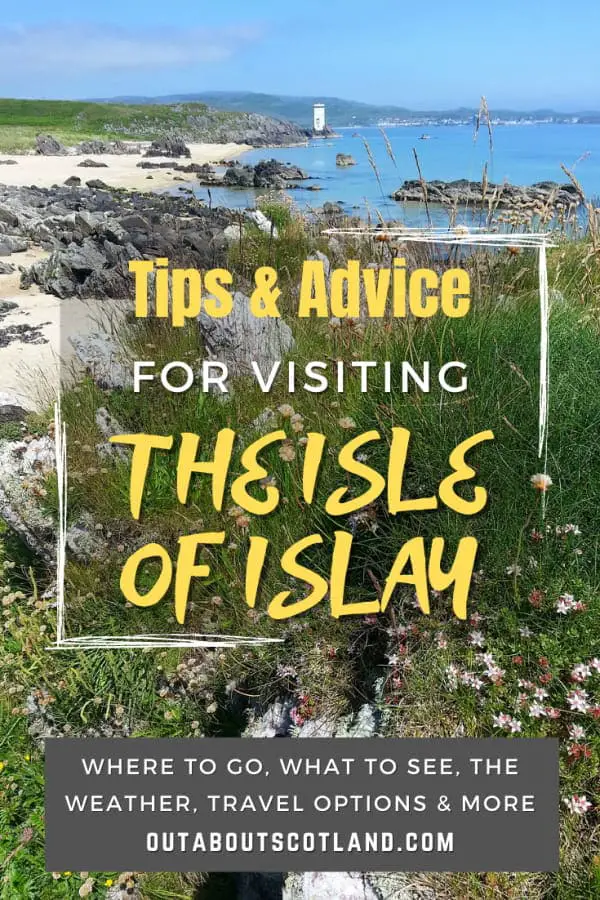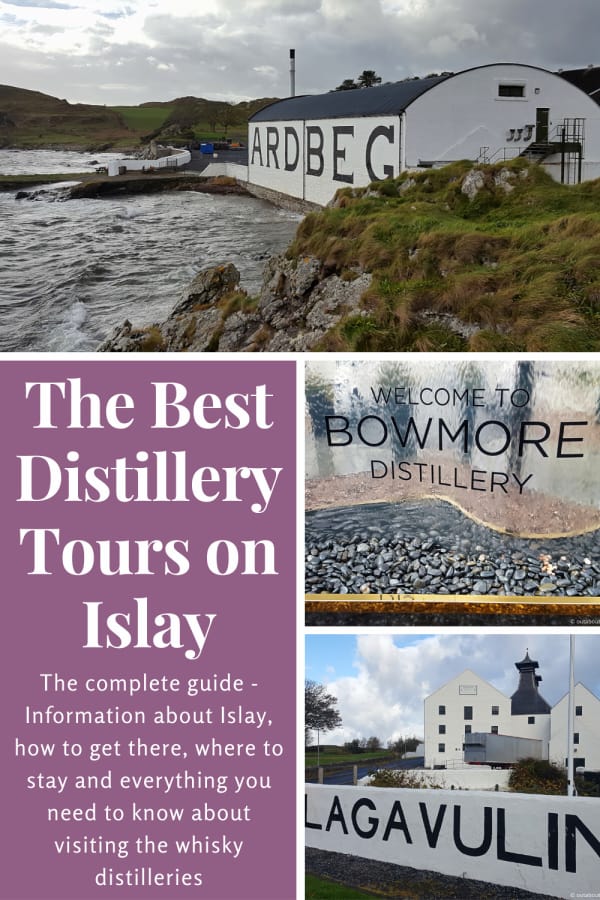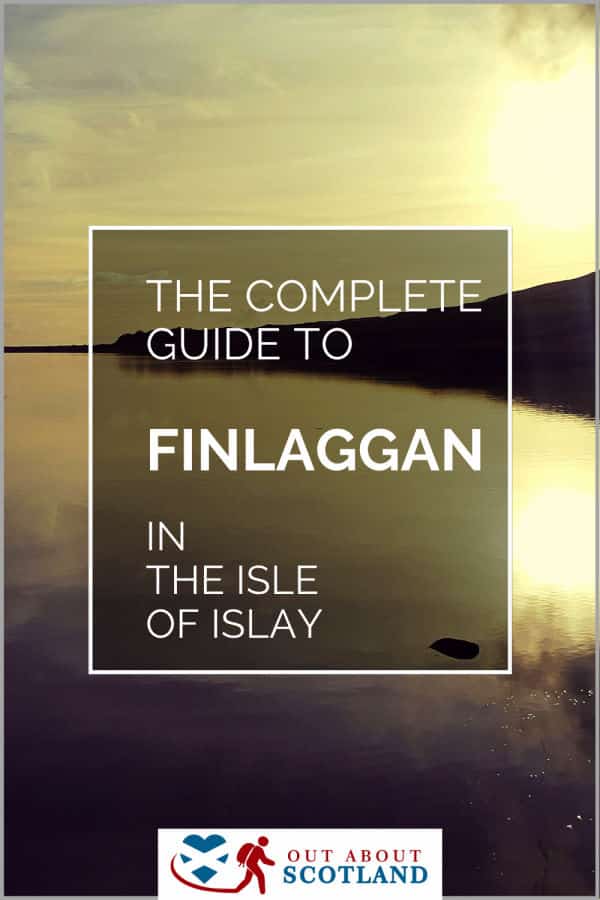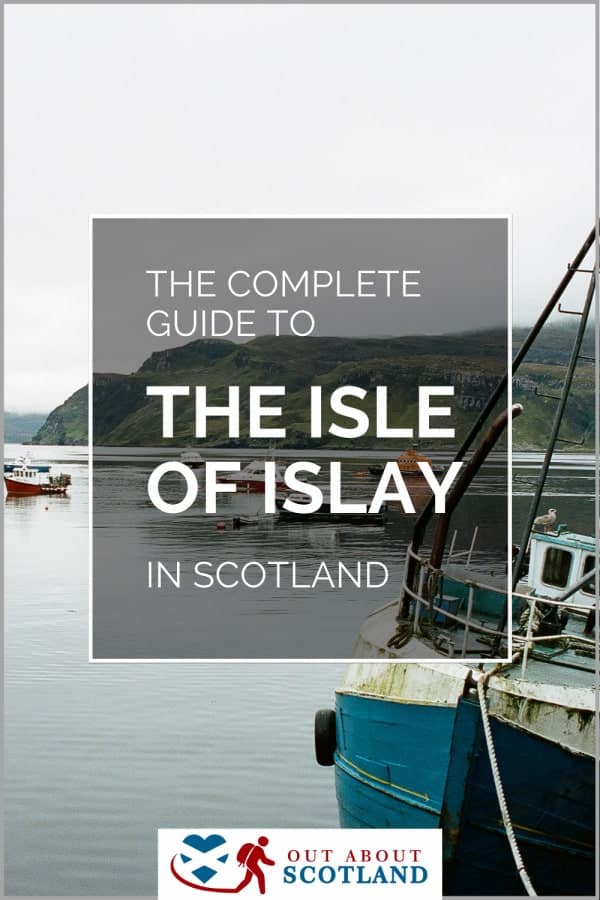Finlaggan is a historic site on the Isle of Islay, which is part of the Inner Hebrides off the west coast of Scotland. It holds great archaeological and cultural significance as it was once the administrative centre of the Lords of the Isles during the 13th and 15th centuries.
Eilean Mor (Large Island) and Eilean na Comhairle (Council Island), two islands in Loch Finlaggan, make up Finlaggan. These islands had causeways connecting them to the shore and to one another. The Finlaggan Trust, which aims to preserve this significant piece of Scottish history and foster understanding of the Hebridean Gaelic culture, is in charge of managing the site.
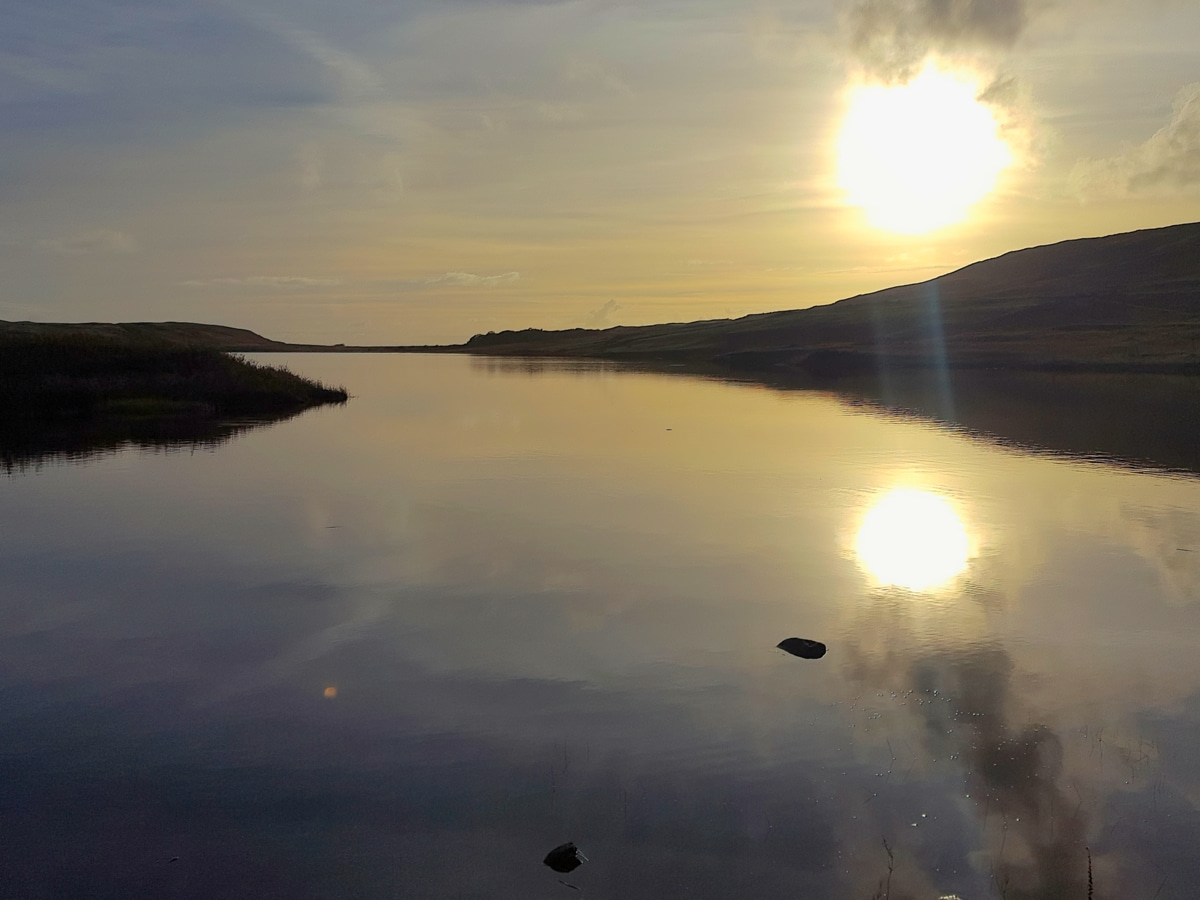
| Address: | Isle of Islay, PA45 7QT |
| Opening Hours: | Visitor centre open Tuesday, Wednesday and Thursday, 10.30-4.30 |
| Admission Price: | Free. Donations requested |
| Parking: | Free car park on-site |
| Contact: | +44 (0) 1496 840 644 finlaggan@outlook.com |
| Facilities: | Visitor centre, toilets |
| Photos: | YouTube Video |
Overview
I was lucky enough to spend a full week on Islay recently, and after exhausting all the distillery options in the first 48 hours, I started to explore some lesser-known attractions tucked away in the more remote areas, one of which is Finlaggan, the former stronghold of the Lord of the Isles.
You’ll find Loch Finlaggan a few miles southwest of Port Askaig at the northern end of the island. While you wouldn’t exactly call Port Askaig a bustling metropolis, it’s definitely worth exploring the area surrounding it, as it’s extremely pretty, with a wild and rugged coastline and expanses of thick woodland coupled with lots of walking trails that run deep into the heart of Islay’s wilderness.
There’s also a regular ferry that takes passengers to the nearby Isle of Jura (a lovely place; check it out if you get the chance), and the three major distilleries of Bunnahabhain, Ardnahoe, and Caol Ila are nearby, which all offer interesting tours.
After you’ve finished with that lot, I suggest you take a short detour south on the A846 and keep your eyes open for a brown tourist information sign pointing down a rather non-descript single-track road. Follow the road a couple of miles through open fields and you’ll eventually arrive at the Finlaggan visitor centre.
There’s a small car park at the centre which is free to use, but you’ll have to pay a small admission charge to get to the islands where you’ll find a collection of ancient gravestones, relics, and buildings, all of which are related to the Lords of the Isles.
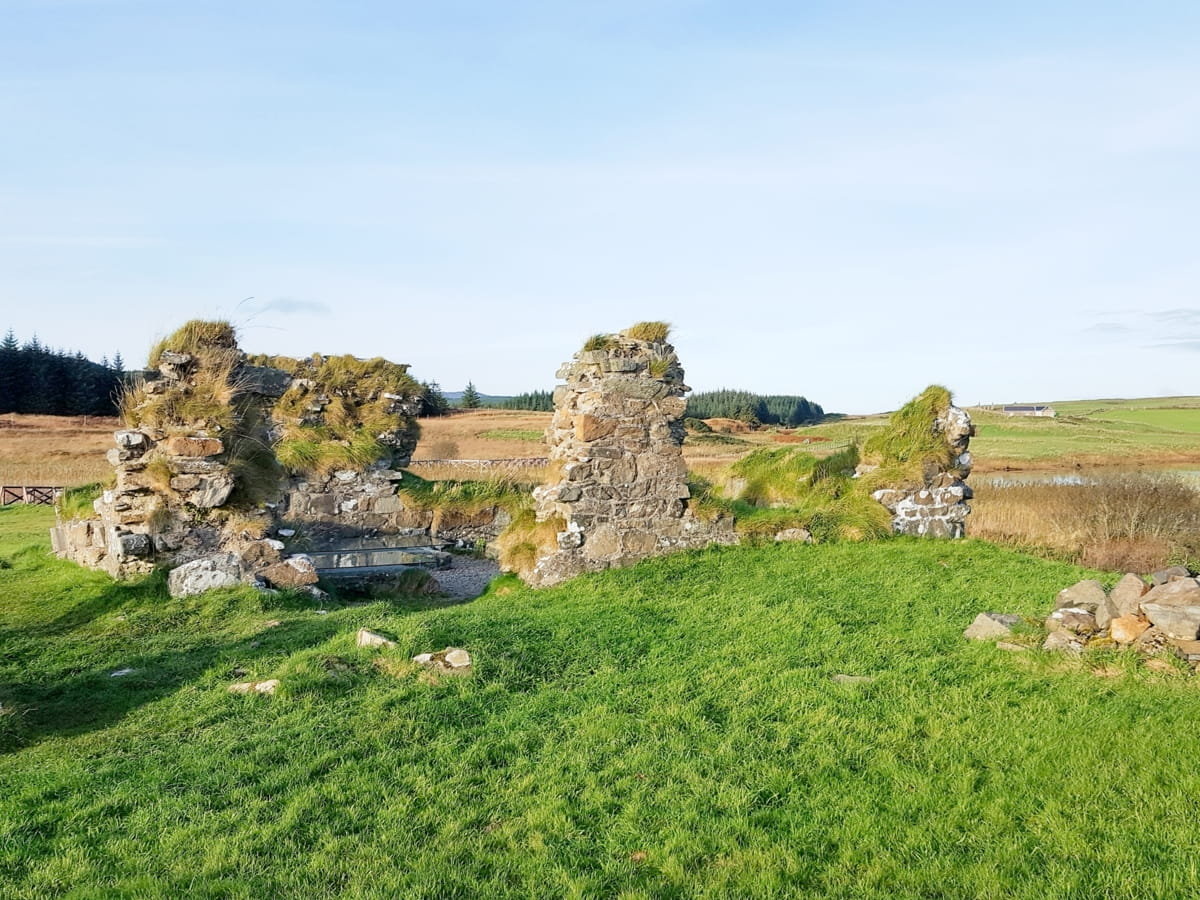
History of the Lords of the Isles
The Lords of the Isles descend from Somerled, a 12th-century prince with a Norse and Gaelic pedigree who was allied more with Norway than Scotland. At that time, the politics of Scotland’s west coast islands were so far removed from the mainland that they were regarded as being in an entirely separate kingdom from the rest of Alba (the Gaelic word for ‘country of the Scots’), and Somerled sought to expand his power beyond the confines of the west coast.
In 1156, he successfully organised a coup against the ruling Godfrey the Black to become King of the Isles, and shortly thereafter launched a bid to invade Renfrew on the mainland. He was, however, betrayed by his own family and as eventually murdered by his nephew. As a result, his sons divided the kingdom, giving rise to the clans of MacDougall, Donald, MacRory, and MacAlister.
Later years saw many political upheavals, clan in-fighting, and clashes with Norway and Scotland that I won’t go into in this post, but the two small islands on Loch Finlaggan were chosen as the seat of power for the west-coast islands for the next 400 years.
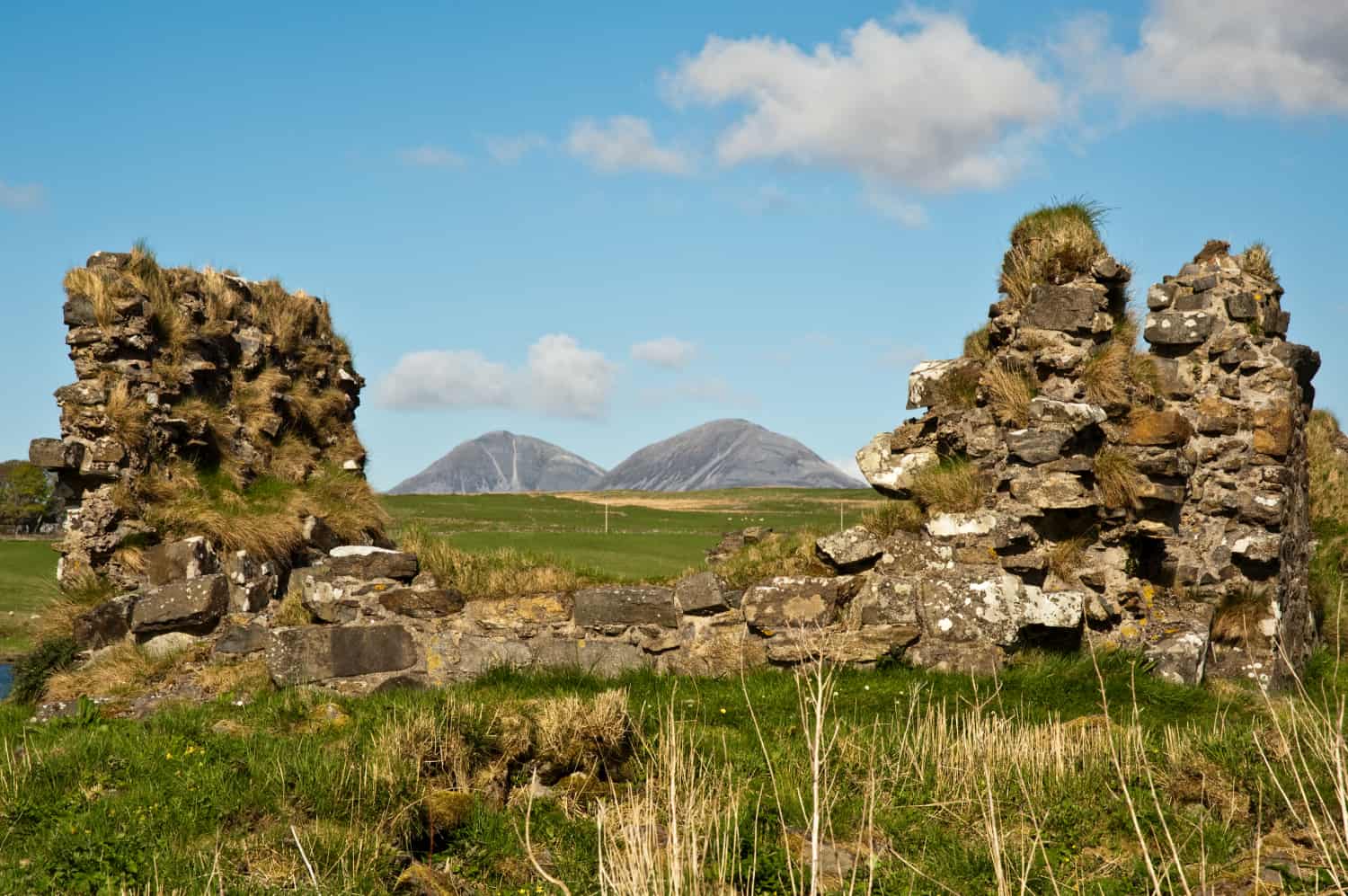
The Highlights
1: Visitors can explore the remnants of what was once the administrative centre of the Lords of the Isles. Walking among the ruins of buildings and the chapel, seeing the ancient grave slabs, and viewing replicas of impressive artefacts like the high cross of Finlaggan, you can almost imagine the important council meetings that took place there centuries ago.
2: The visitor centre houses numerous artefacts found during excavations that offer insights into the daily life, culture, and governance of the Gaelic lords. It’s an excellent educational opportunity for those interested in Scottish history and the heritage of the Hebrides.
Visiting Tips
1: When planning a visit to Finlaggan, it’s recommended to check the opening times of the Visitor Centre on the website, especially if you’re visiting outside the peak tourist season, as they may vary.
2: The weather on Islay can be changeable, and the site of Finlaggan, being outdoors and beside a loch, can be particularly wet underfoot. Wear sturdy, waterproof footwear for walking around the uneven terrain of the ruins and causeways. If you don’t have waterproof walking boots, this article will show you what to look for.
3: If you’re interested in Islay’s history and culture, I recommend visiting the Museum of Islay Life in Port Charlotte (address: Daal Terrace, Port Charlotte, PA48 7UA).
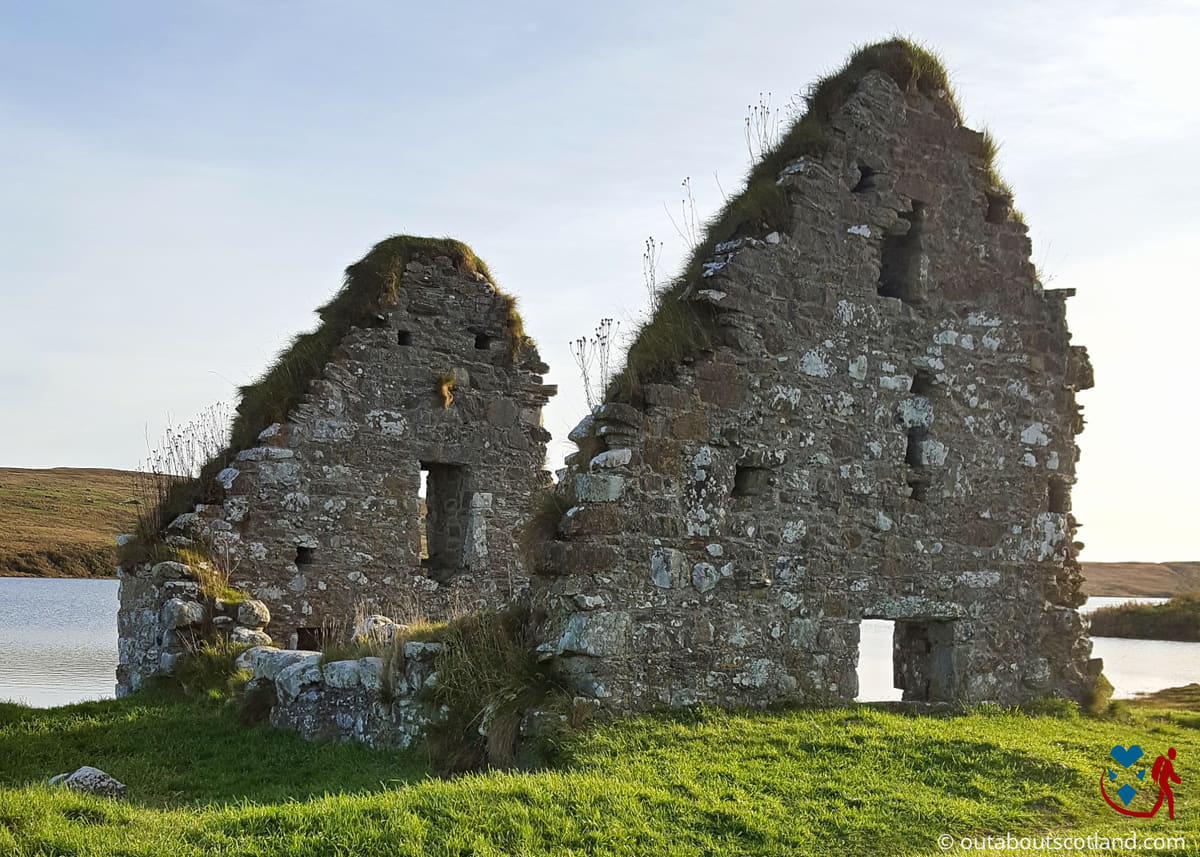
Tourist Information
It’s obvious a lot of attention has gone into creating the displays in the visitor centre which feature a replica Viking longship and information boards, as well as a few relics recovered from the area, but the main event is exploring the islands.
Unlike the visitor centre which is only open March to October, the islands are open year-round. Once on the island, you’ll be able to walk among the ruins of several old stone-walled buildings (not from the time of the Lords of the Isles, unfortunately) and view an interesting collection of engraved mediaeval gravestones.
Although it’s an interesting place, it won’t take you long to see everything on the island, even if you read all of the information. I’d plan no more than 30 minutes to an hour to see everything, after which you might enjoy going for a walk to explore the surrounding area.
Personally, I walked part of the ‘4 lochs’ trail from the Walk Highlands website which took me to the lovely views of the coastline at the Bunnahahain distillery. This walk is around 6 miles each way, so I’d plan for around 4.5 hours to complete it.
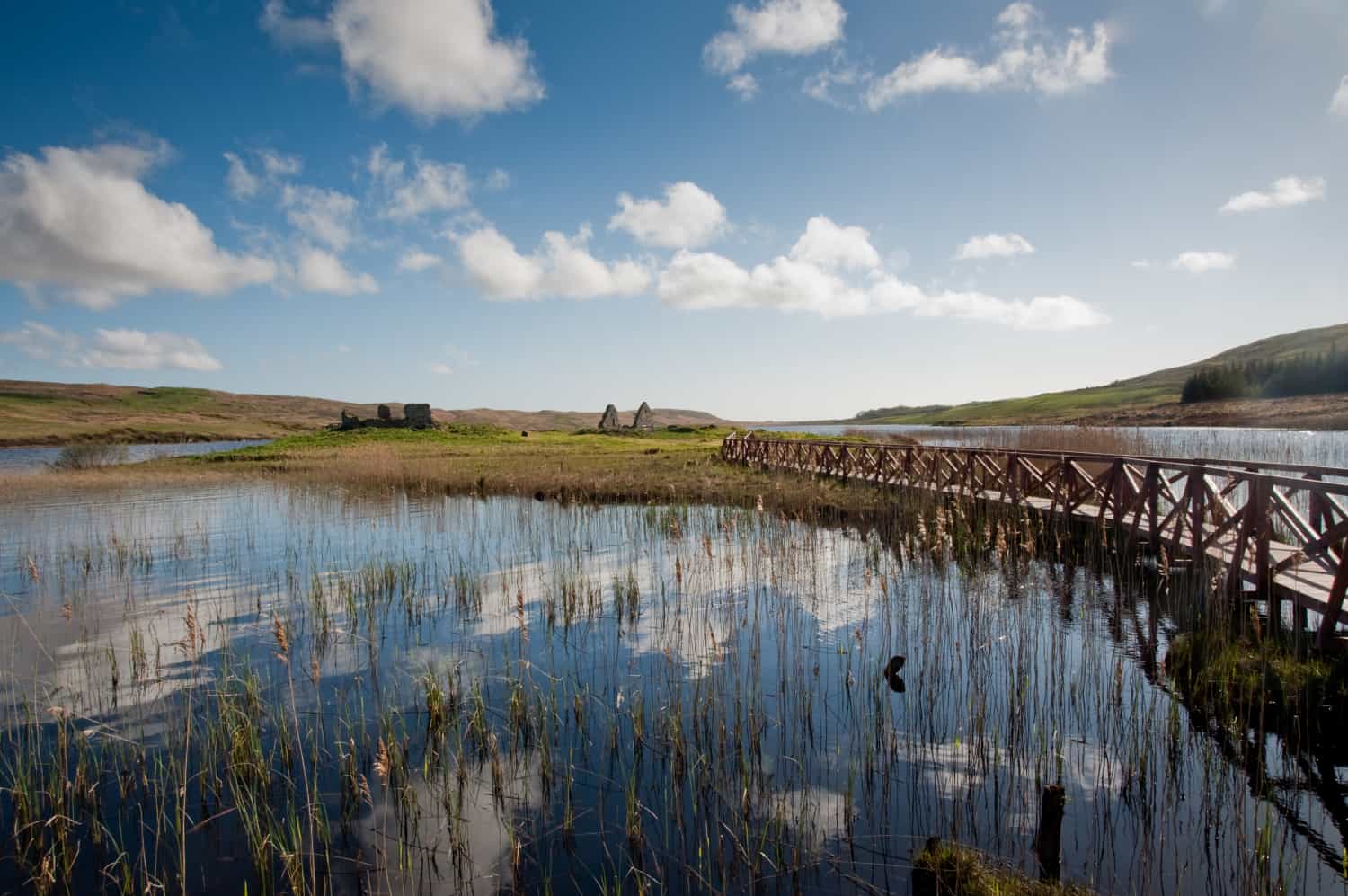
Things to Do
Historic Exploration: Finlaggan is well known for its historical significance, specifically as the former stronghold of the Lords of the Isles during the 13th-15th centuries. Visitors can explore the ruins of two fortified islands – Eilean Mor and Eilean na Comhairle, which contain the remnants of ancient buildings as well as a collection of well-preserved grave slabs.
Scenic Walks Around Loch Finlaggan: The area around Loch Finlaggan is exceptionally scenic. A leisurely stroll offers panoramic views of the surrounding hills and is perfect for those seeking peace and tranquillity.
Wildlife Spotting: Finlaggan is a haven for wildlife enthusiasts. The surrounding woodlands and moorland are home to a range of animals including red deer, hares, and myriad bird species. Early morning or twilight are ideal times for wildlife spotting so pack your binoculars (link to binocular reviews) and prepare for a fascinating experience.
Fishing in Loch Finlaggan: For those with a penchant for fly fishing, Loch Finlaggan won’t disappoint. Its clear waters are home to brown trout and the water is quite shallow so it’s easy to wade out towards the middle.
Visitor Centre: The Finlaggan visitor centre features a wealth of information about the Lords of the Isles and it’s a great place to find out more about the origins of Clan Donald.
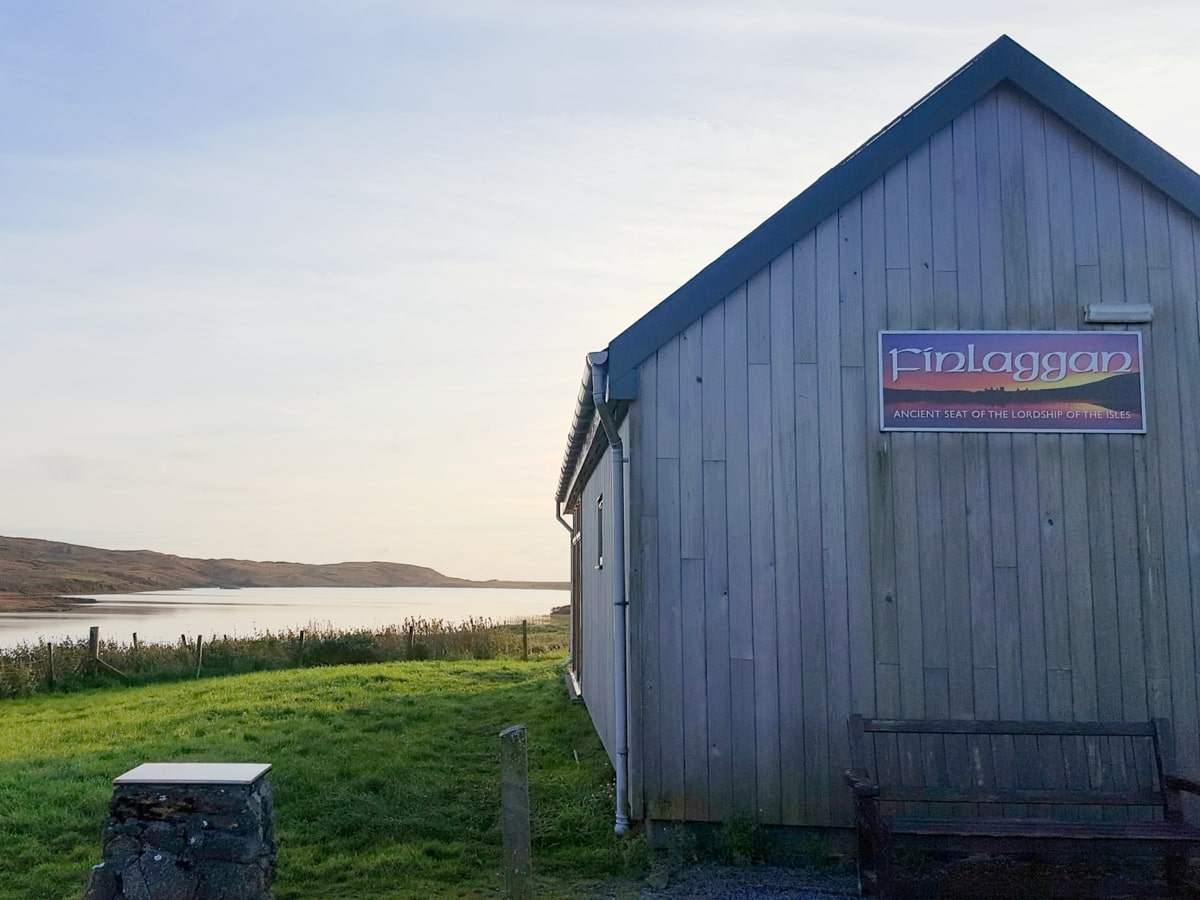
Things to Do Nearby
Bunnahabhain Distillery. Bunnahabhain, Isle of Islay PA46 7RP. 14-minute drive.
A whisky distillery that’s located on the northeast coast of the island, accessed by a single-track road. Guided tours are available.
Caol Ila Distillery. Port Askaig, Isle of Islay PA46 7RL. 10-minute drive.
One of Islay’s smallest distilleries but also one of its most popular thanks to the setting which overlooks the Isle of Jura. The distillery is open for summer tours and offers whisky-tasting experiences.
Port Askaig. Isle of Islay PA46 7RU. 8-minute drive.
A small village on the eastern coast of Islay which has a small ferry terminal that serves Jura, Colonsay and the Campbeltown Peninsula.
Ardnahoe Distillery. Ardnahoe, Port Askaig, Isle of Islay PA46 7RU. 11-minute drive.
One of the more recent distilleries on Islay. Offers guided tours, whisky-tasting experiences and a gift shop.
Dunlossit Estate. Isle of Islay PA46 7RF. 10-minute drive to Port Askaig then a 1 1/2 hour walk.
A popular walking area on Islay that is accessed via winding paths that run through gorse, woodland, a couple of lochs and grazing fields. From Port Askaig car park look for the gate that says ‘Footpath to Lily Loch’.
Frequently Asked Questions
What clans were in Islay?
Islay was historically home to several clans, including:
Clan Donald: Also known as the MacDonalds, this was one of the largest Scottish clans and had significant influence in Islay. They were Lords of the Isles, with Islay serving as their power base.
Clan MacLean: This clan had a strong presence in the Hebrides, which includes Islay. They were often in conflict with the MacDonalds over control of the area.
Clan Campbell: This powerful clan gained control of Islay in the late 17th century, following the decline of the MacDonalds.
Clan MacEachern: This lesser-known clan also had a historical presence in Islay.
Clan MacFie: This clan was based primarily on the island of Colonsay but had branches on Islay and other parts of Scotland.
What does Islay mean in Scottish?
‘Islay’ is derived from the Old Norse ‘Íle’ which is thought to mean ‘Yew wood’.
Who were the Lords of the Isles in Scotland?
The Lords of the Isles were a Celtic dynasty in Scotland that ruled the Hebrides and parts of western Scotland from the 12th to the 15th century. Their main base of power was the island of Islay.
They established a semi-independent kingdom with its own Gaelic culture and language, and they had their own naval force. The Lords of the Isles were eventually stripped of their title and lands by King James IV of Scotland in the late 15th century.
How many days should you spend on Islay?
The ideal duration to spend on Islay largely depends on your interests, particularly if you’re a whisky enthusiast. However, a 3 to 4-day trip is usually recommended. This allows enough time to visit a few of the famous distilleries, explore the beautiful landscapes, and enjoy the local culture and wildlife.
If you’re a bird watcher or a hiker you may want to extend your visit since Islay has lots of birdlife and some wonderful hiking trails.

